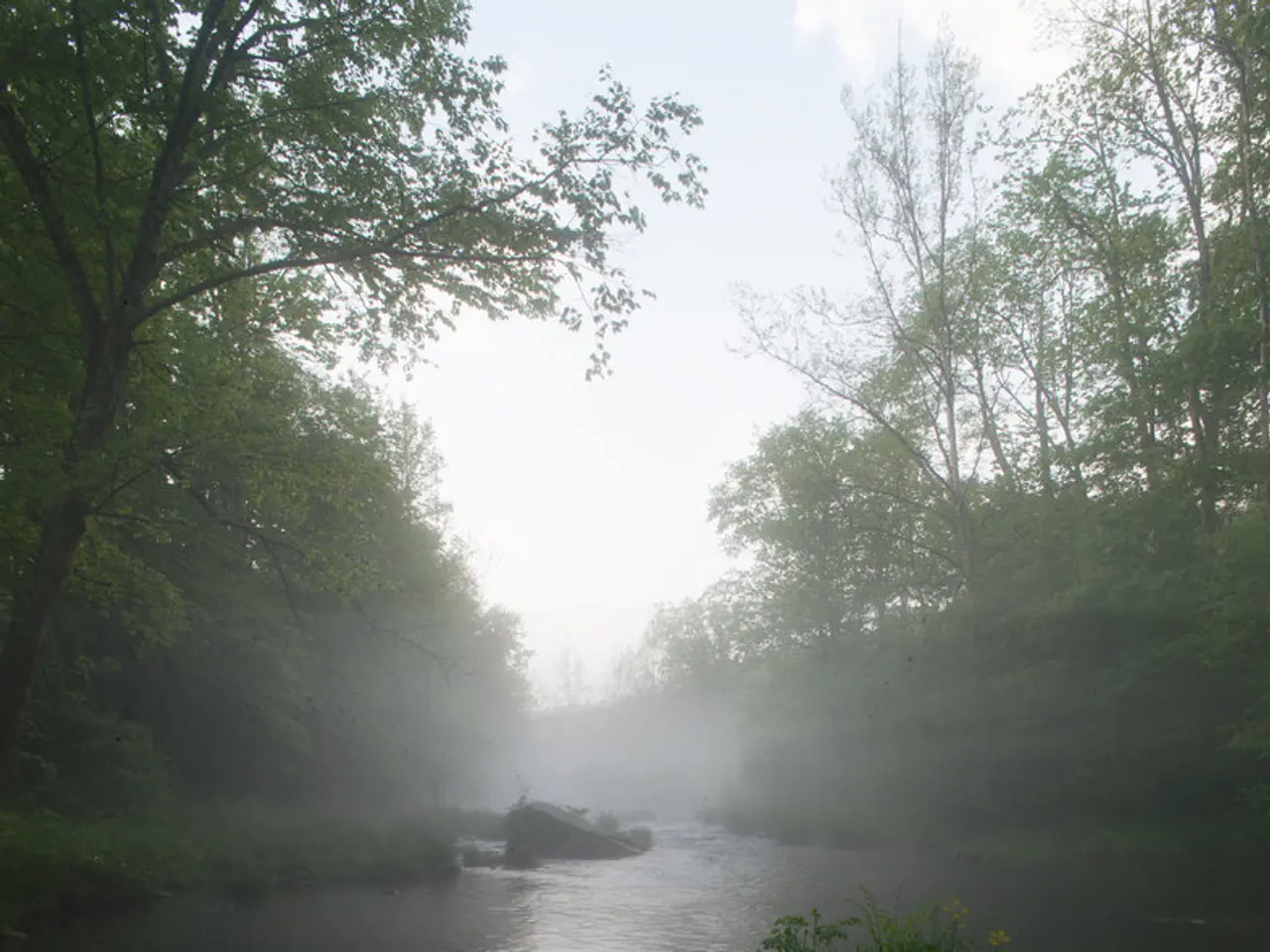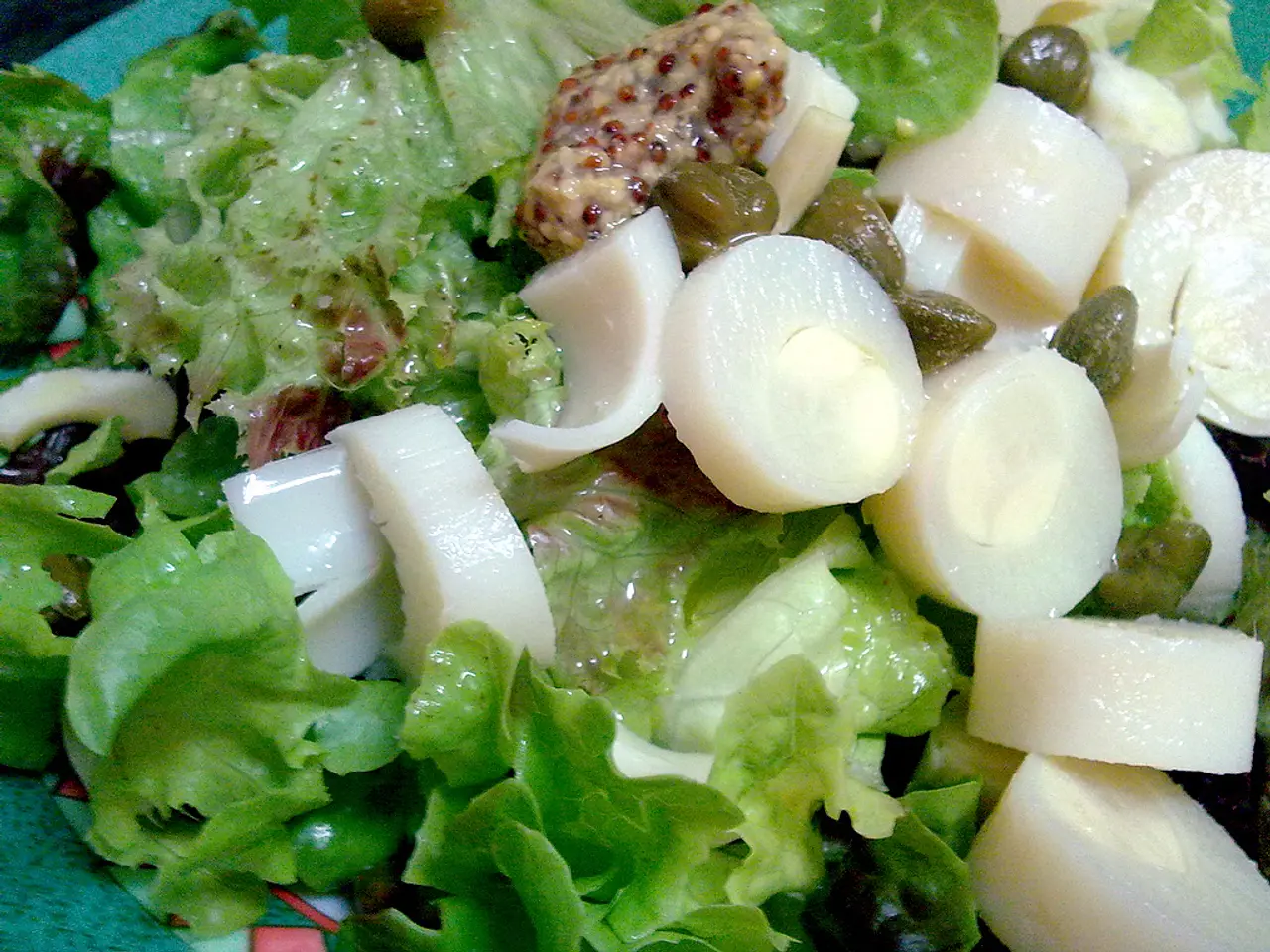Celebrated pathways: a gallery unveiling the life narratives of a thousand Turin inhabitants honored with street and square names
Unveiling Turin's History: One Street Name at a Time
Meet Don Giovanni Minzoni, the legendary anti-fascist icon, who met his end in 1923 at the hands of blackshirts. Fast forward to today, a stone's throw from Piazza Solferino, a street bears his name in Turin, replacing Pierino Delpiano, a nineteen-year-old killed in 1919, initially declared a "fascist martyr" during a historic revision. Delpiano, it turns out, was a Scout, Catholic, and close to the Populars. Far from being a fascist, just like the priest set to replace him.
This tale is just one of the countless stories uncovered by a team of five scholars over two years in the project "Street by Street. Memory and Political Toponymy in Turin", sponsored by the Interdepartmental Department of Sciences, Projects, and Territorial Policies of Politecnico and University of Turin in collaboration with the city's Council Presidency and the Toponymy Office.
The Grand Revelation
With over 1030 streets, squares, gardens, and schools in Turin named after significant places or characters, this research team has diligently cataloged and analyzed each one, presenting charts and interactive maps revealing the storied history of Turin's toponymy. Throughout the decades, these names have been created, eliminated, or renamed, showcasing the ongoing cultural wars that took place over time.
Today, at 6:30 PM, these findings will be presented at the Salone del Libro, in the Space of the City and the Metropolitan City.
Risorgimento and Resistance
Turin's two main toponymic groups are the Risorgimento (184) and the anti-fascist Resistance (145). Both saw Turin as a central player. "They represent two of the defining moments that shaped modern Italy," explains urban sociologist Luca Davico, who headed the research. "There's a certain level of ecumenism when it comes to these events."
Street dedications during the Risorgimento encompassed a mix of clerics, liberals, and Mazzinians, symbolizing national reconciliation through toponymy.
War and the Savoys
World War I ranks third with 125 streets named after it. The Savoys, who dominate the main arteries and city center streets, are also prominently represented.
Fascists and Anti-fascists
The spaces dedicated to "fascist martyrs" deserve a separate chapter. From 1945 to 1946, even in Turin, there was a swift removal of Mussolini's chosen names, which were replaced with dedications to anti-fascist personalities in 73 cases.
Absent Women
A noteworthy observation is the underrepresentation of women in toponymy. Until 1950, only 4% of dedications featured female names. Despite a doubling of the percentage in the second half of the century, there was a small boom in the 2000s, with 23% of dedications honoring women in twenty-five years. While these numbers are still low, they indicate a promising trend towards female representation in street names.
Absent in this turbulent tale are women. In a time when advocacy groups call for the removal of political figures linked to colonialism and fascism from the streets, a more appropriate approach might be to install plaques that tell the story of a dedication or rename streets without specific connotations.
The research team, in their comprehensive study titled "Street by Street. Memory and Political Toponymy in Turin", has discovered that the average representation of women in Turin's home-and-garden spaces, streets, and schools is significantly low, making up only 23% of dedications over the past twenty-five years. This insight sheds light on the need for an enhanced average representation of women in the city's lifestyle and toponymy.
Removing political figures from Turin's streets and replacing them with informative plaques, such as those that tell the story of a dedication, could be one potential attempt to modernize the city's lifestyle and toponymy by presenting a more balanced and inclusive average representation of individuals in history.








